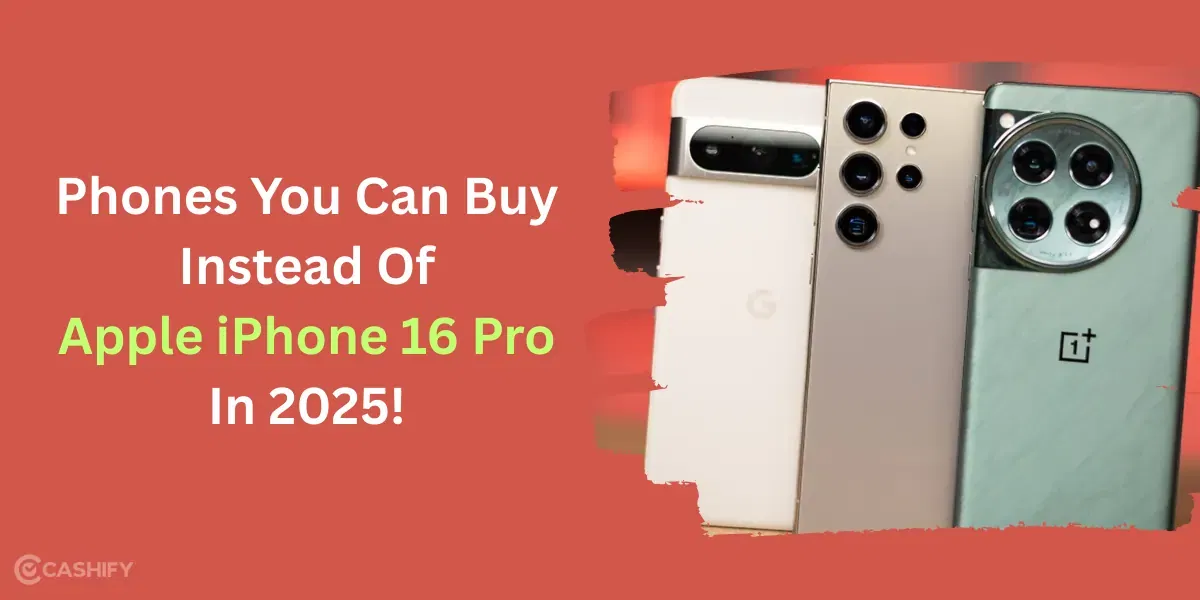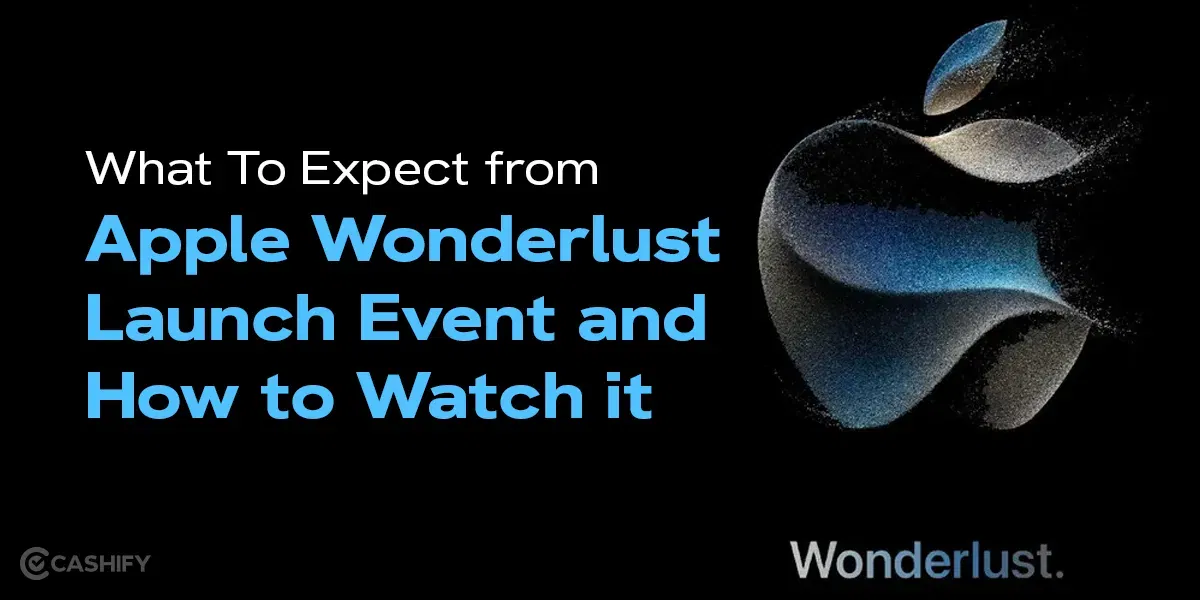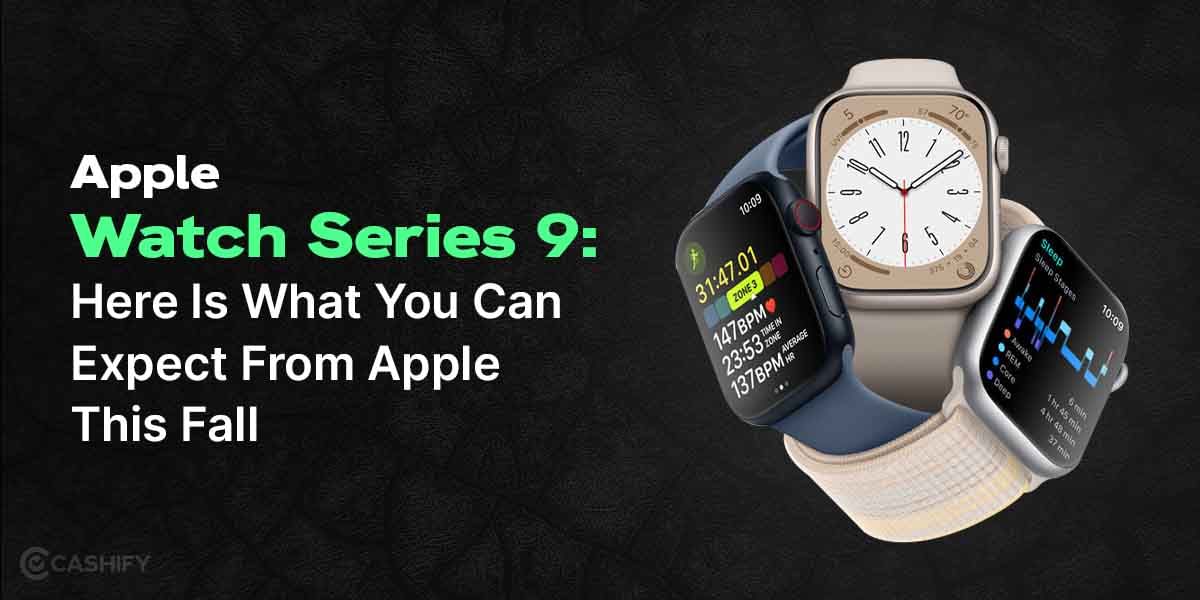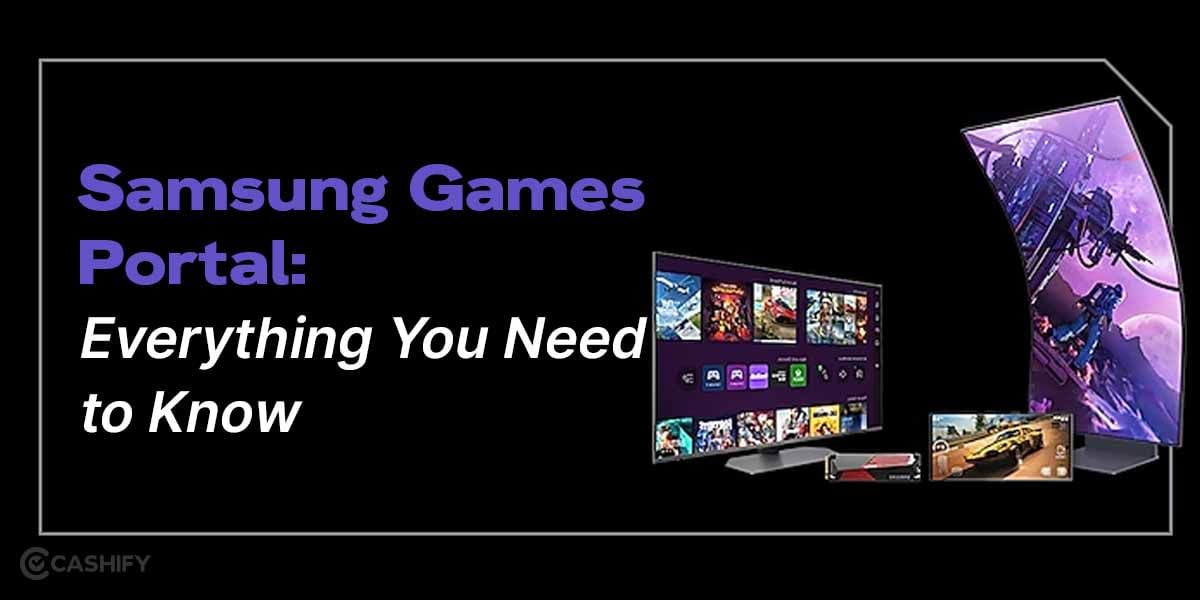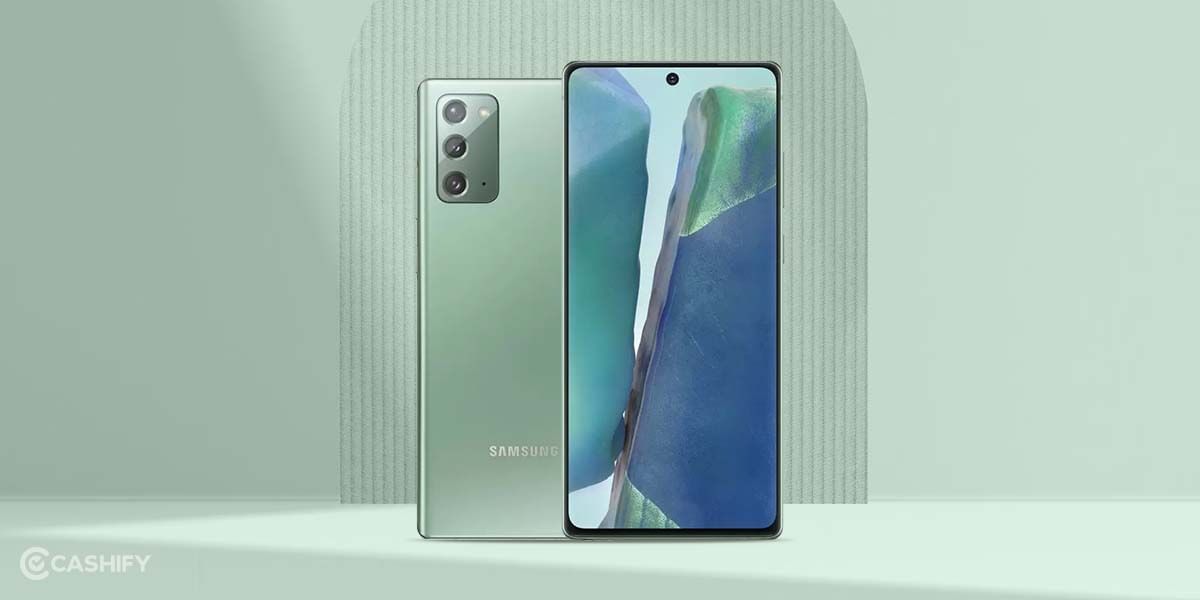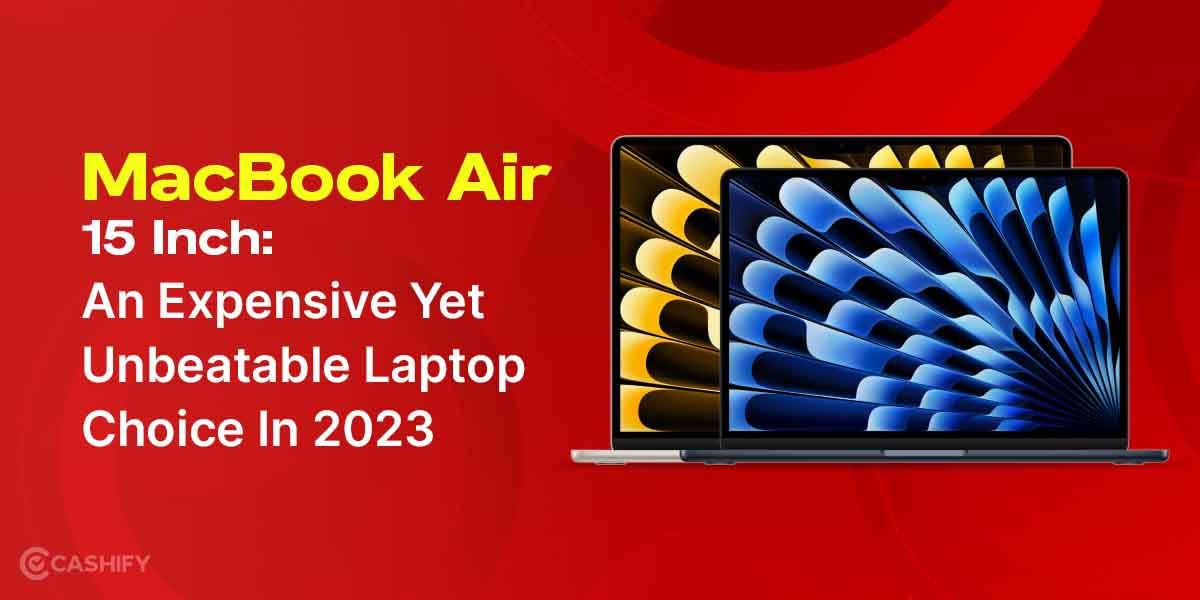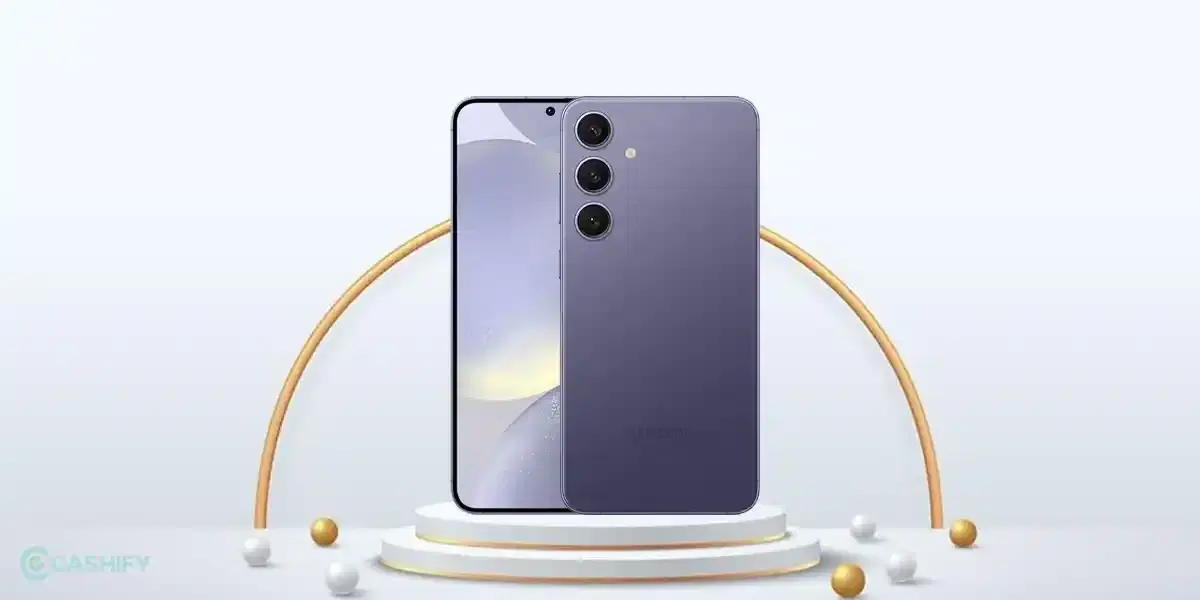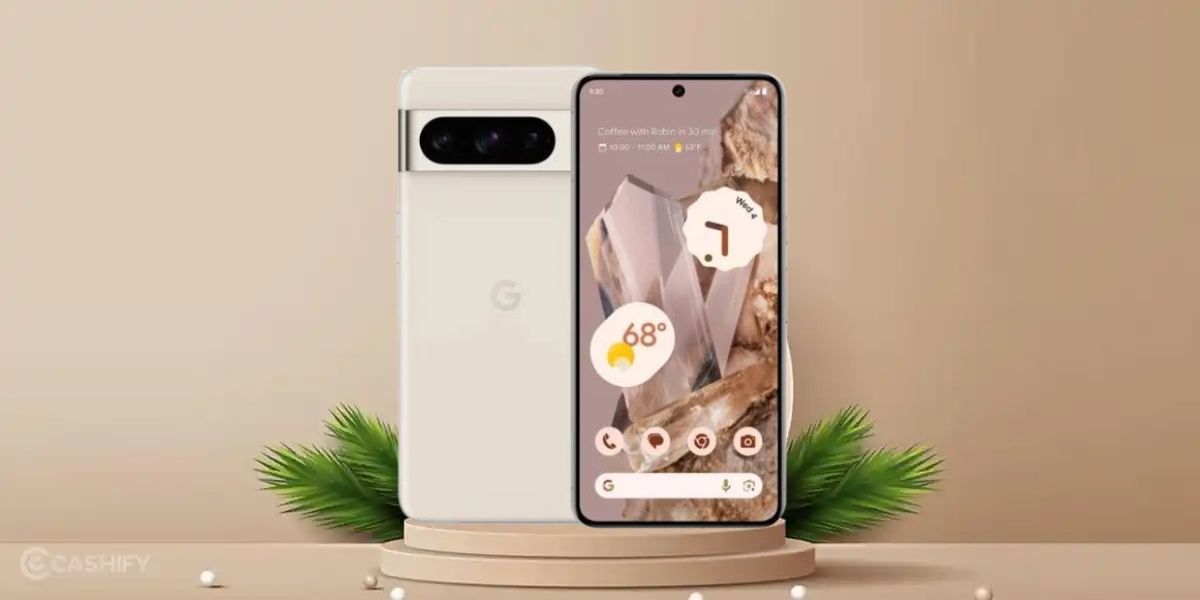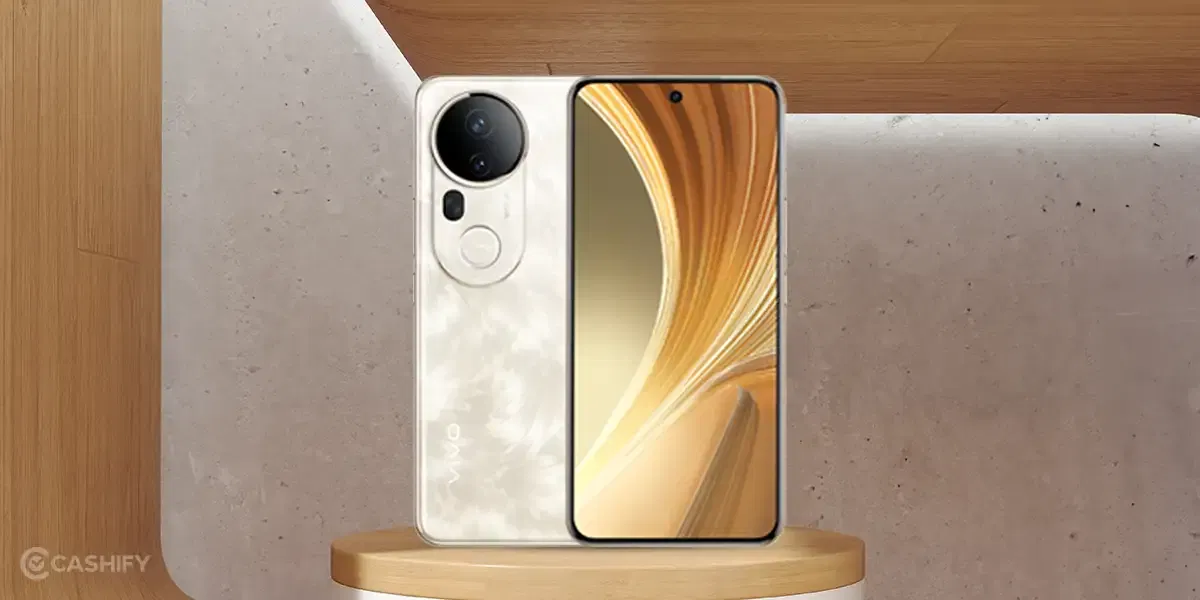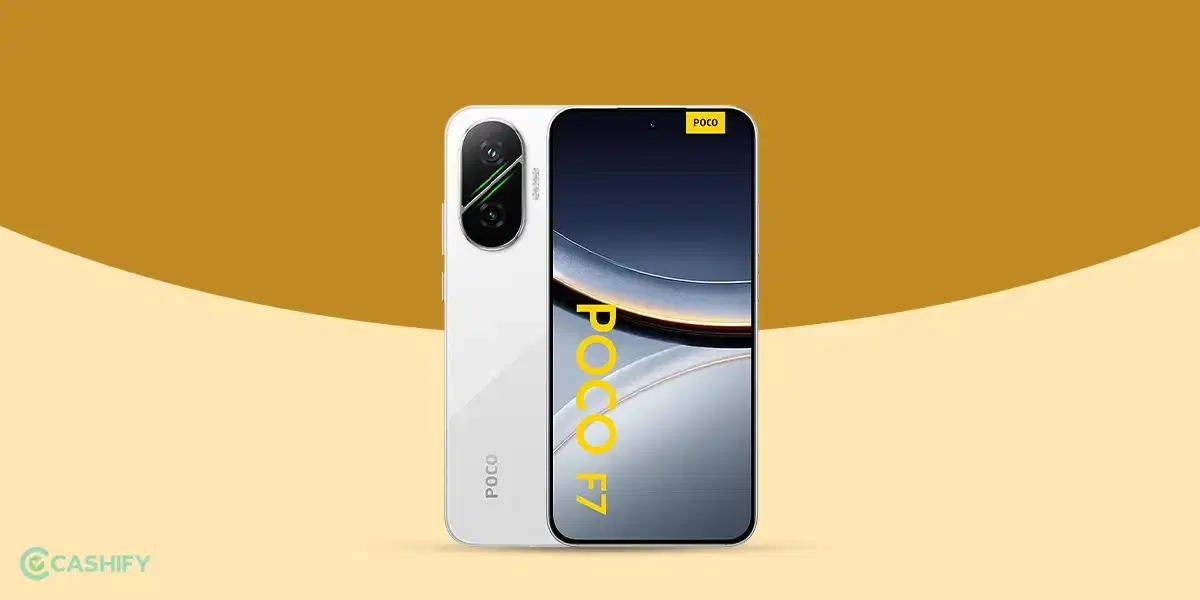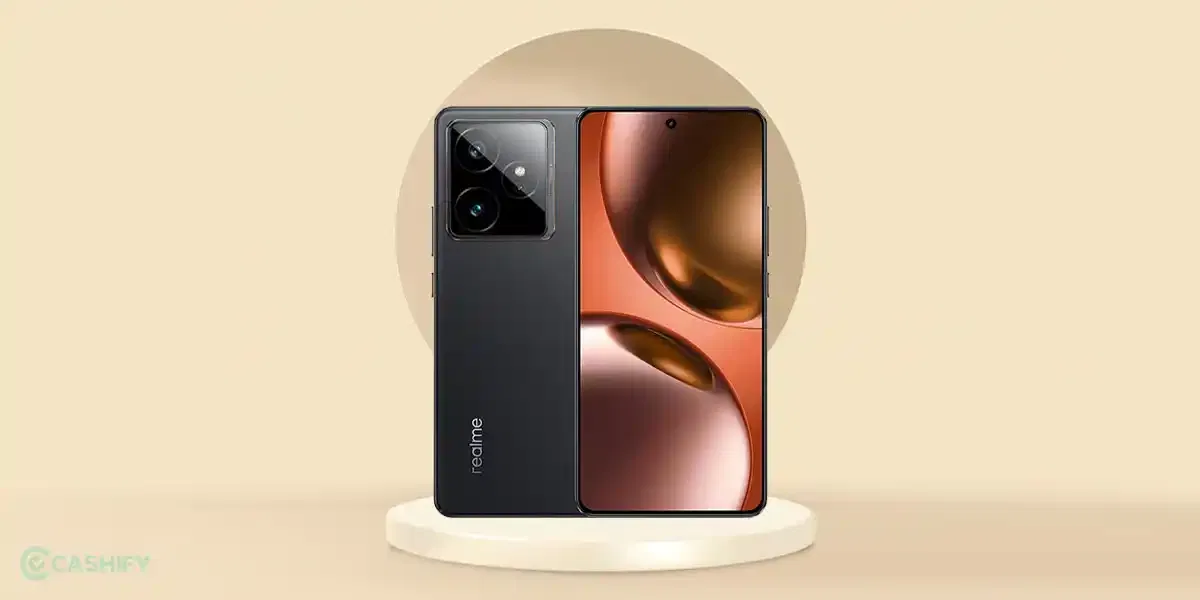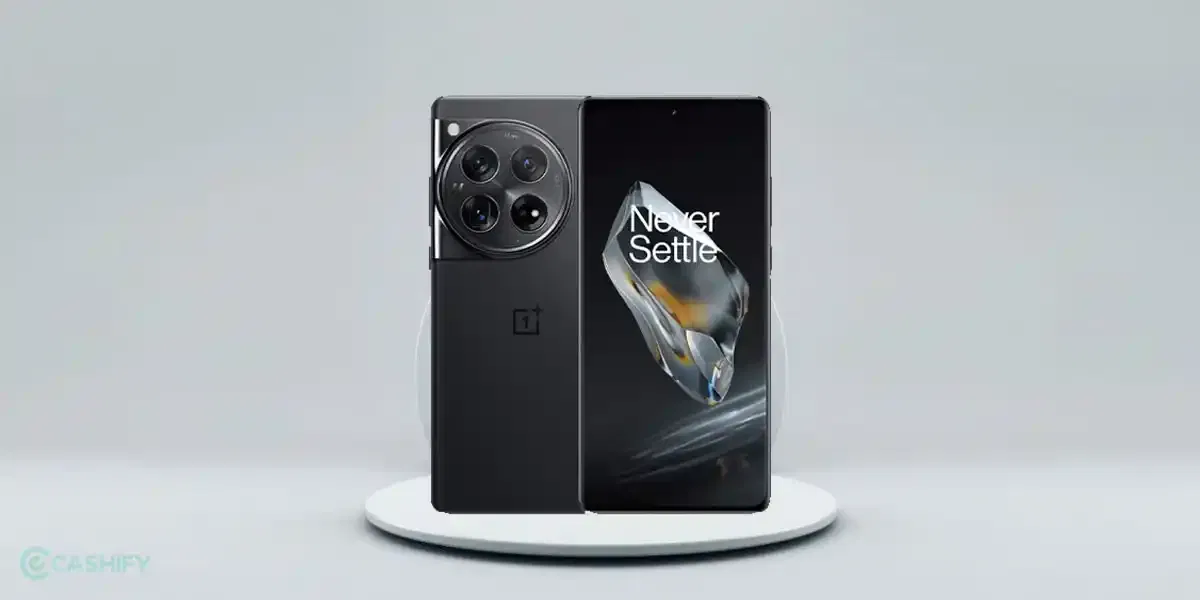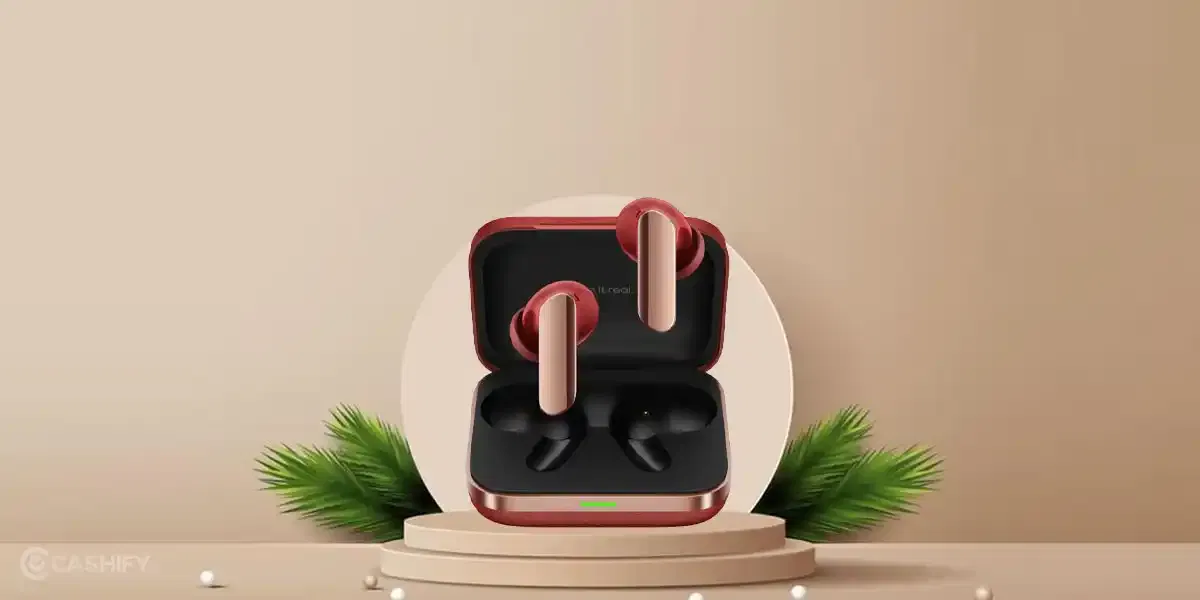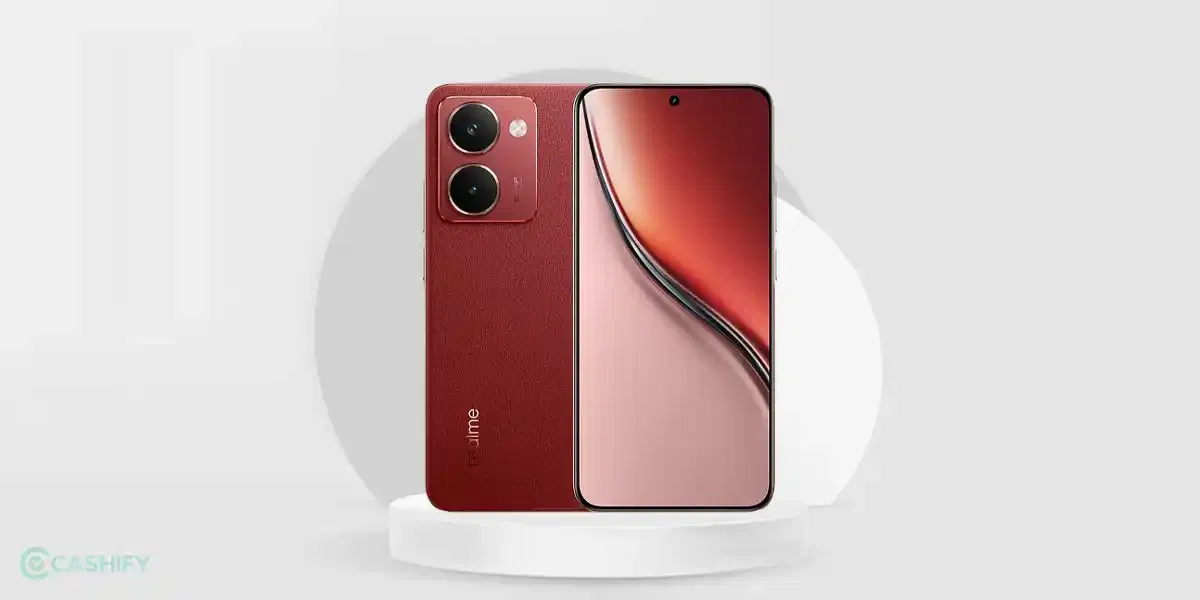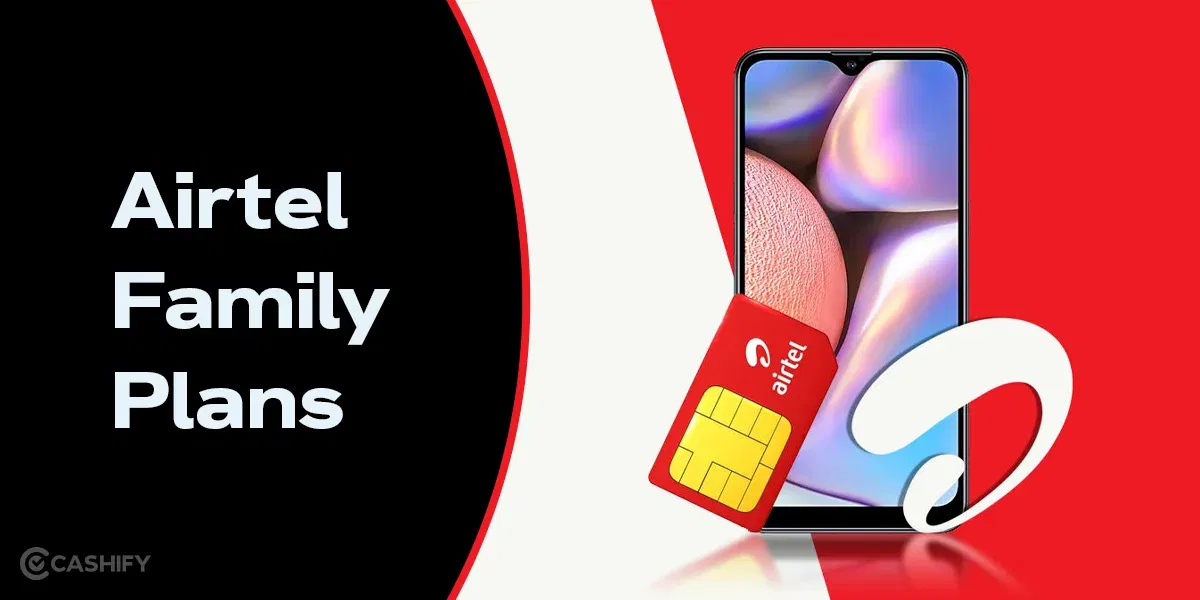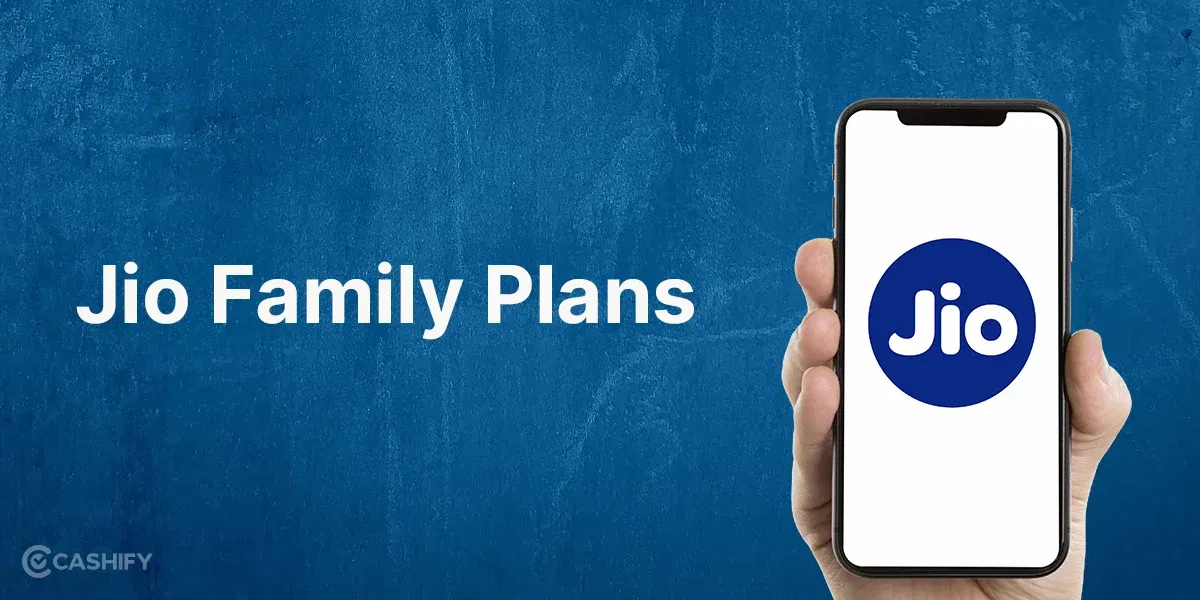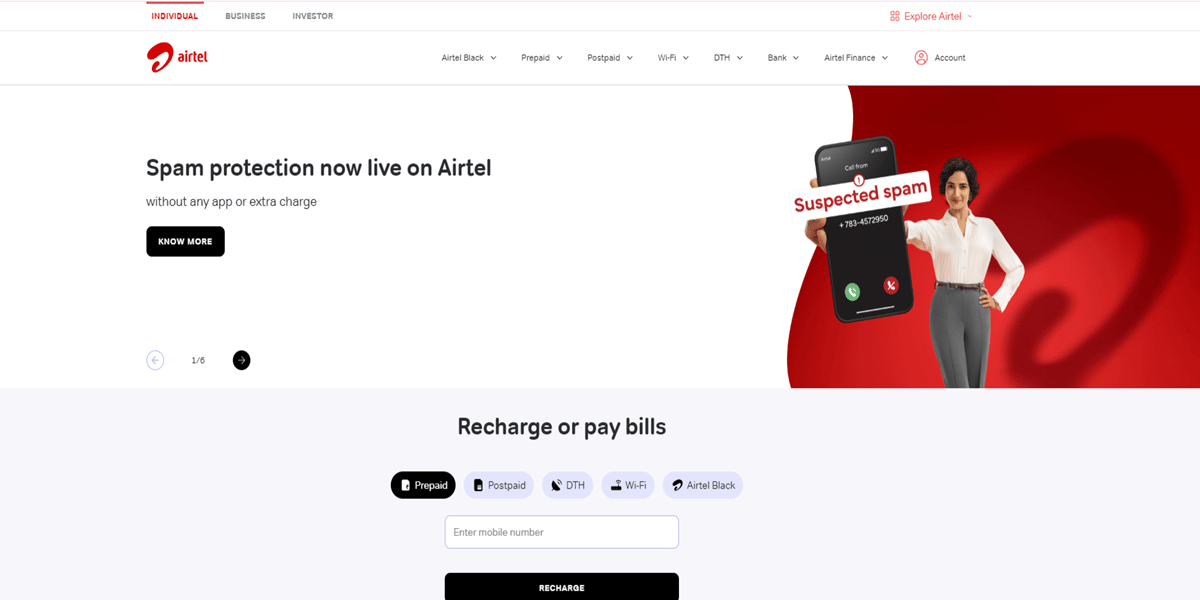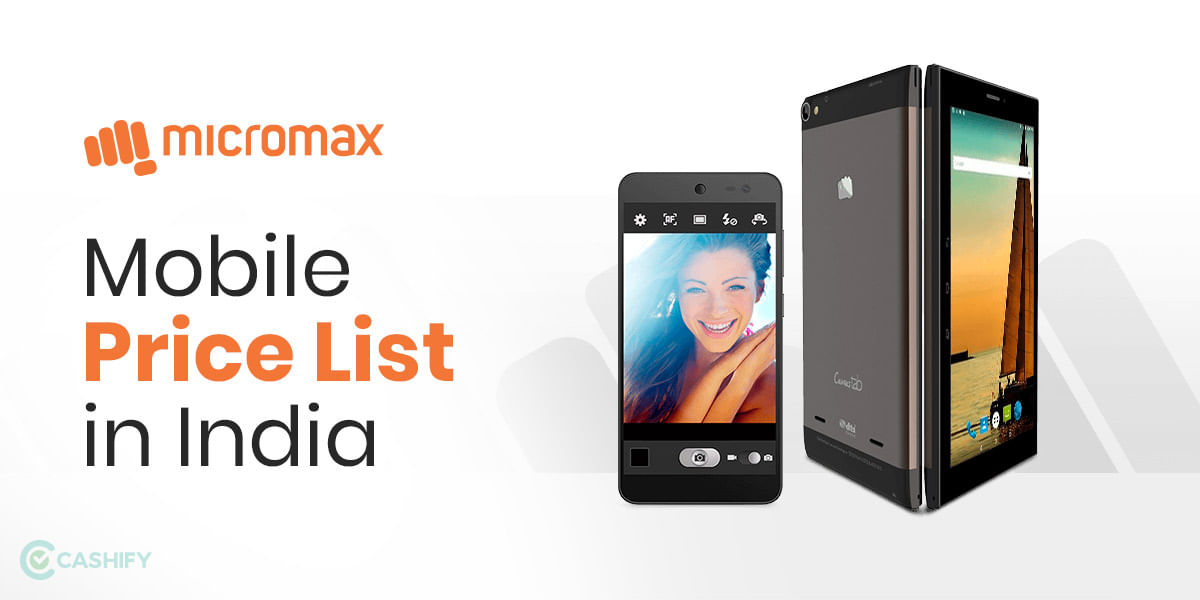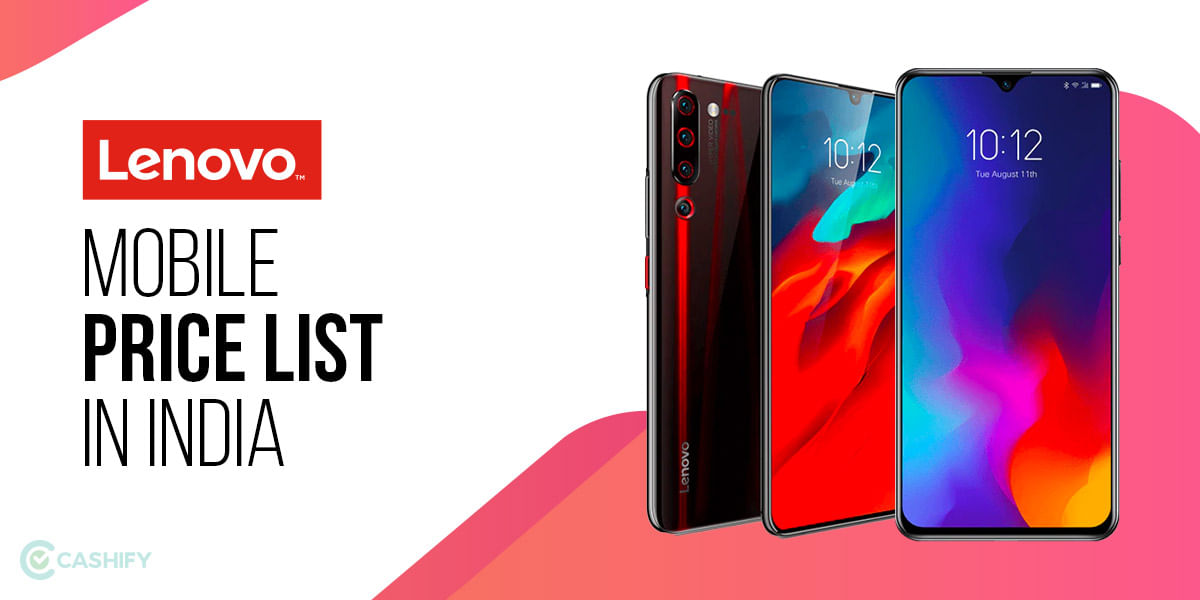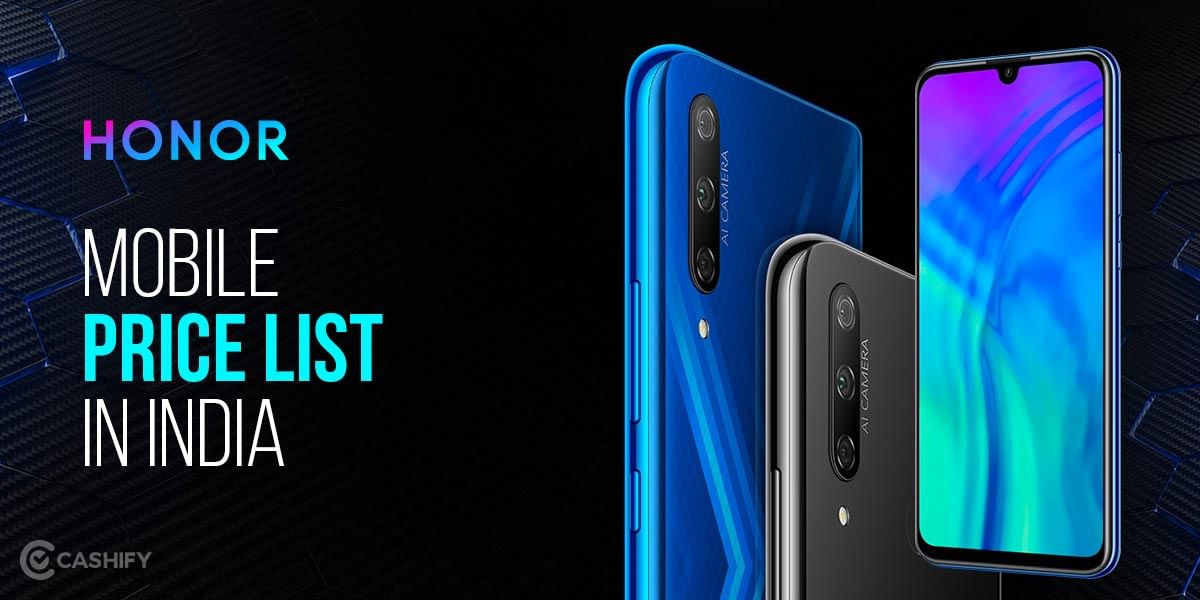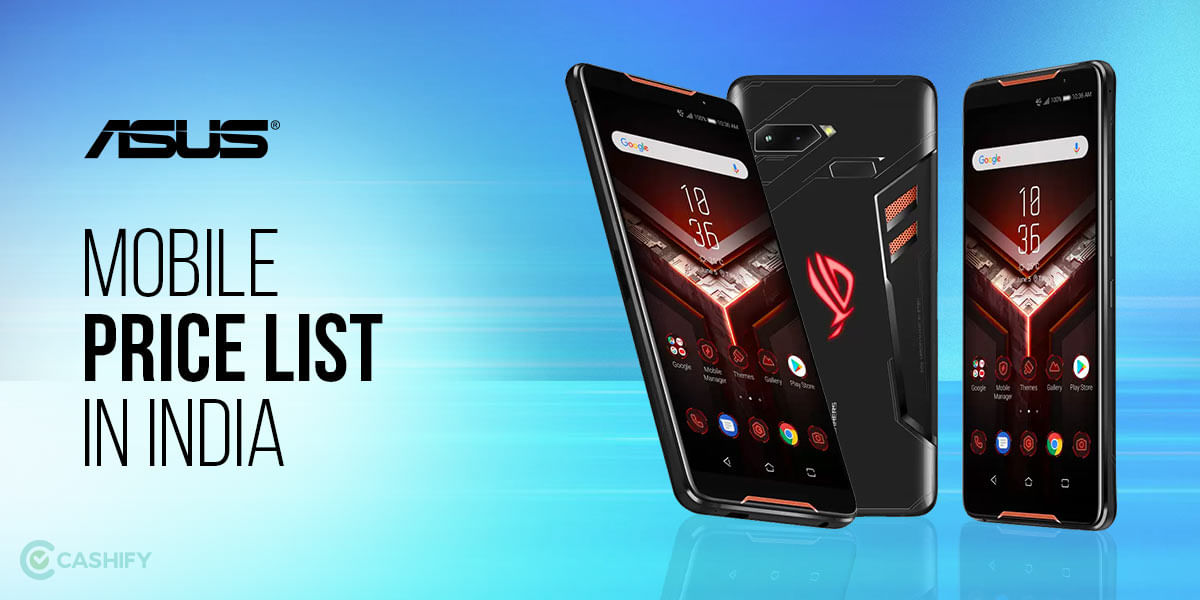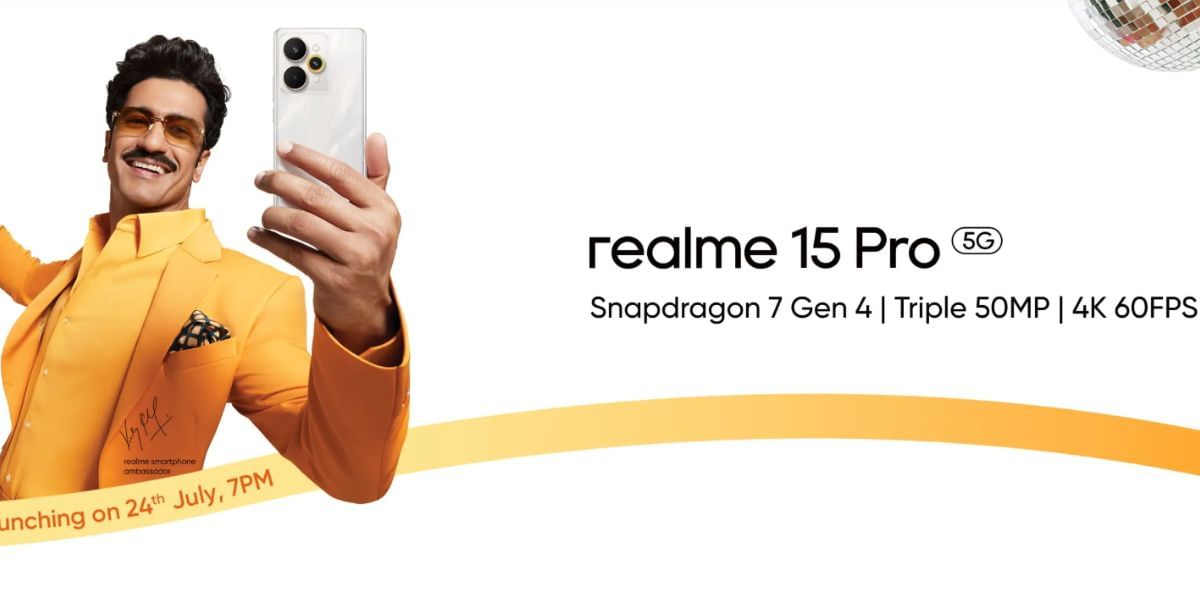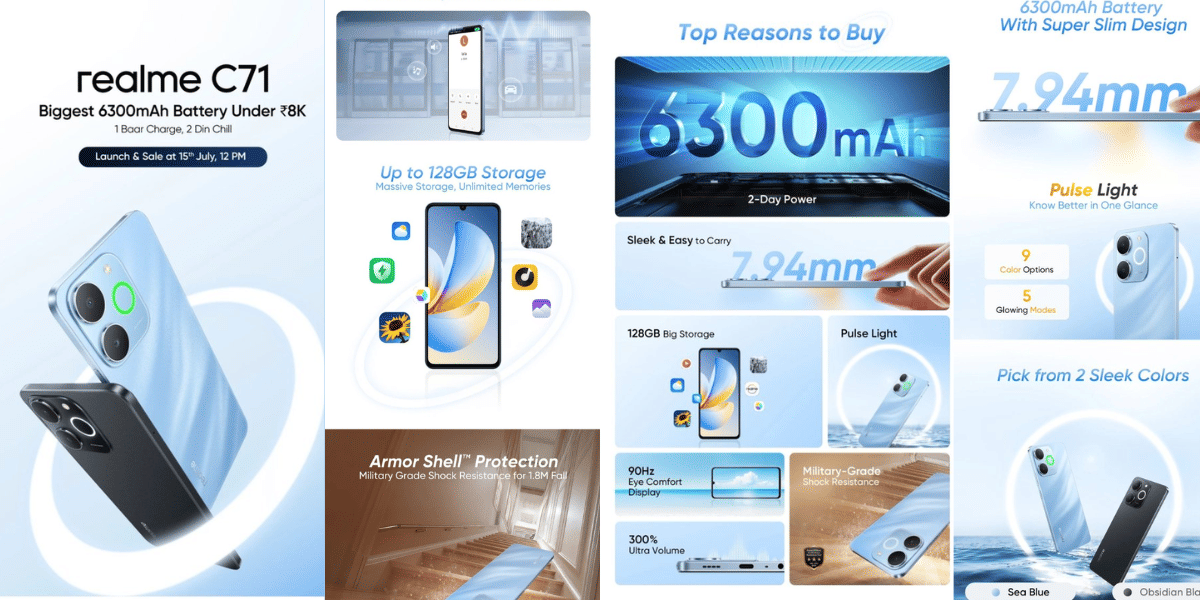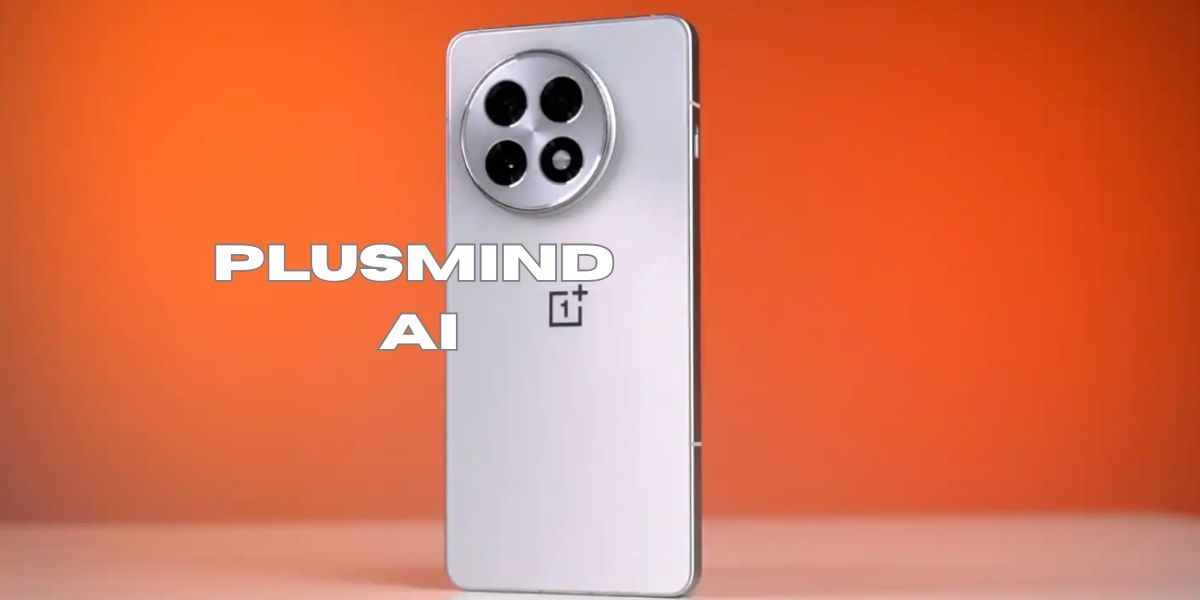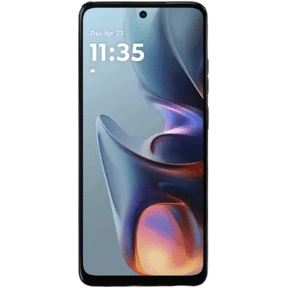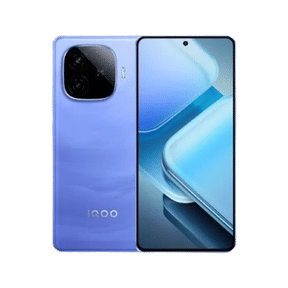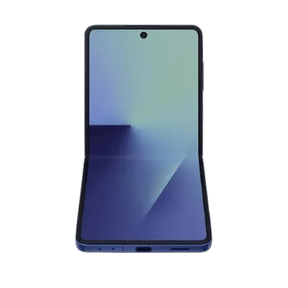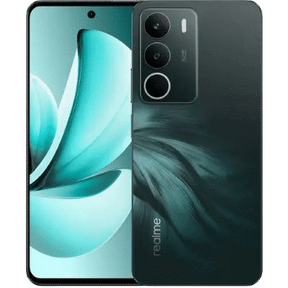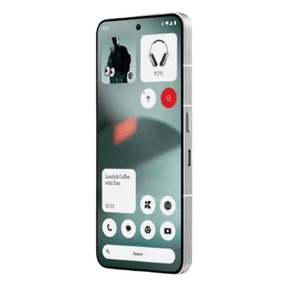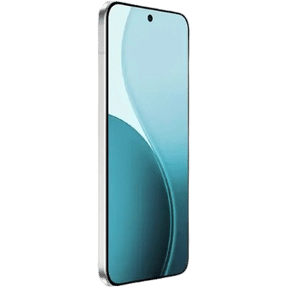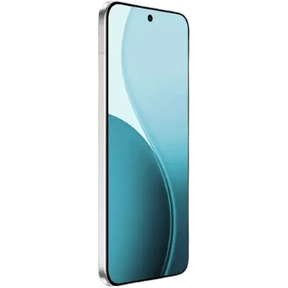Innovation and evolution are continuous processes in the smartphone industry. Once Steve Jobs (Co-founder of Apple Inc.) said, “Design is not just what it looks like and feels like”. Design is how it works.” Today, I’m here to talk about flat vs curved vs quad curved displays in smartphones. Recently, the market has been filled with different types of displays in diverse price ranges.
A few years back, it was usually considered a curved display in flagship phones, while a flat display was in every type of phone. However, the quad-curved display is almost a new innovation in phones. In this article, I will discuss all about flat vs curved vs quad curved displays, like their specs, comparison, pros and cons, etc. Let’s read the complete article.
Also Read: Samsung Galaxy S25 Review: Putting The “Smart” In Smartphone
What Is a Flat Display?
A flat smartphone display is a traditional display that is widely used. This display does not have curved edges and features a complete edge-to-edge screen with or without bezels. This type of display is usually common in low-end to flagship phones. Mostly, LCD (Liquid Crystal Display) technology is used in this type of display.

With respect to flat screens, their most notable quality is their durability since sustained impacts not only do less damage but are more easily defended against tempered glass shield covers. The absence of curvature also increases touch precision because no protruding edges can result in false touches. Moreover, flat screens are cheaper to produce and repair, which makes them a more attractive option for users who care more about design than usability.
Also Read: Xiaomi Redmi Note 14 Pro Plus Review: Style Meets Durability
Understanding Curved Displays
A curved display is basically different from a flat display, which has curves from both edges that blend into the phone’s frame. This type of display creates an aesthetic look and gives a premium feel. This design seems to lean more towards a sophisticated and modern appearance. While enhancing screen visibility and making it look as if there are no borders around the screen.
The curved edges also improve the phone’s ergonomics and ease of handling. At the same time, there are design issues like accidental palm swipes and greater vulnerability to breaking.

One of the major issues with having a curved display is the issue of adding a screen protector. The screen protector edges are broken or ruptured by the bulge in a short period of time. Repairs are also more expensive than with flat screens.
In any case, users who enjoy a more futuristic design and wish to experience media in a more immersive manner will always prefer curved displays. OLED (Organic Light-Emitting Diode), AMOLED (Active Matrix OLED) and pOLED (Plastic OLED) technologies are used to make curved displays.
What Is a Quad-Curved Display?
A quad-curved display is a concept in which all four sides of the display are curved except for two sides. Premium or flagship displays usually try to eliminate the bezels on their screens to create an eye-catching, seamless, attractive appearance.
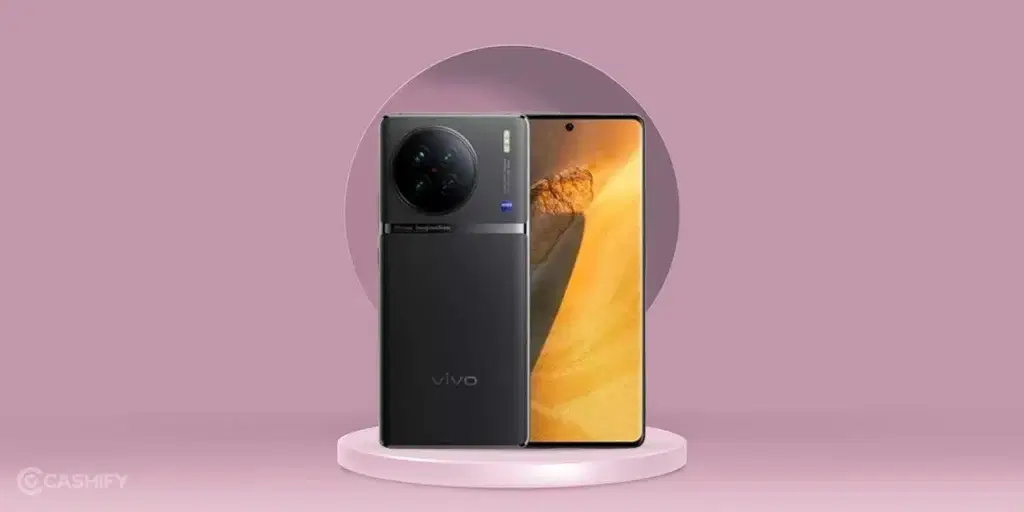
The curve of all edges enhances users’ grip and gives a luxurious feel to the hand. Apart from this, this type of display is expensive to produce but uses the same display technologies as curved displays. Similarly, its repair cost is also high and its fragility increases due to the exposed edges on all sides. These screens cater to users who want the most advanced and luxurious smartphone experience, even if it means sacrificing some practicality.
Also Read: Vivo V40 Review: Is It The Best Camera Phone In The Mid-Range Segment?
Flat vs Curved vs Quad-Curved Display: Key Differences
Here’s a detailed comparison table with key differences between flat vs curved vs quad curved displays, including example smartphones for each type:
| Flat vs Curved vs Quad Curved Display: Comparison Table: |
| Feature | Flat Display | Curved Display | Quad-Curved Display |
| Design | Completely flat screen | Edges curve slightly inward | All four edges curve smoothly |
| Durability | Most durable (easy to protect) | Less durable (edge cracks) | Most fragile (all sides exposed) |
| Accidental Touches | None (better palm rejection) | Occasional edge touches | Higher chance of false inputs |
| Screen Protector | Easy to apply (full coverage) | Harder to fit (UV glue needed) | Very difficult (special protectors) |
| Immersiveness | Standard viewing experience | More immersive (wider FOV) | Very high (premium parts) |
| Repair Cost | Lowest (common panels) | Expensive (flexible OLED) | Very high (premium parts) |
| Popular Phones | Apple iPhone 15, Google Pixel 8, Redmi Note 13 Pro | Samsung S24 Ultra, OnePlus 13, Xiaomi 13 Pro | Huawei Mate 60 Pro, Vivo X200 Pro, Honor Magic 6 Pro |
| Best For | Budget buyers, Gamers (precision), Durability-focused users | Multimedia lovers, Aesthetic seekers, Ergonomics fans | Luxury/Flagship buyers, Tech enthusiasts, Bezeless lovers |
Which Display Type Is Better for Gaming and Multimedia?
For gaming and film, a display with curved or quad curves provides a larger sense of immersion. It’s because the visuals extend from the centre to the edges. The wraparound effect increases the immersion in games and videos. However, competitive gamers prefer flat displays since they have better input accuracy and eliminate unintentional touches. In addition, flat screens have reduced glare, which can hamper concentration during long gaming or movie sessions.
Personally, I used all three types of display defined I will go with a flat display and also use Apple iPhone 15. This is because, during gameplay in curved or quad curves, I faced several accidental taps due to shallow edges. However, in flat display, I never faced this type of problem. So, I would say it depends on the user; precision and immersion will dictate which option is best.
Which Display Should You Choose?
The ideal option may differ depending on personal perspectives. If you are concerned with durability and ease of use, you are better off with flat screens. Curved displays, while requiring more maintenance, appeal to those who wish for an immersive experience.
Tech enthusiasts may be attracted to quad-curved screens because they have the most advanced design. But you need to accept the added fragility and cost. So, at this point, I can’t say you should buy this display because several factors here, like habits, aesthetic preference, budget, and shape, will guide the user to the right choice.
Also Read: Vivo T3 Pro Review: Great For Gamers, Average For Shutterbugs
Pros and Cons of Each Display Type
Let’s see flat vs curved vs quad curved display: Quick Pros & Cons
Flat Display
Pros
- Most durable (less prone to cracks)
- Cheaper to repair
- No accidental touches
- Easier to apply screen protectors
- Better for gaming (precise touches)
Cons
- Basic, less premium look
- Thicker bezels (less immersive)
Curved Display
Pros
- Sleek, high-end design
- More immersive viewing
- Feels more ergonomic
Cons
- Higher risk of edge cracks
- Accidental palm touches
- Expensive repairs
- Harder to find good screen protectors
Quad-Curved Display
Pros
- Ultra-premium, futuristic look
- Most immersive (almost no bezels)
- Comfortable grip
Cons
- Very fragile (all edges exposed)
- Most expensive to repair
- Highest chance of accidental touches
- Screen protectors rarely fit properly
Conclusion
Ultimately, flat vs curved vs quad curved displays are the ones that suit your needs. Flat displays are better for individuals who need dependable work tools, unlike curved displays, which serve people looking to get a premium, immersive experience. Quad-curved screens are for those who want the latest technology and are ready to spend on it.
FAQs
Which is better, a flat screen or a curved screen?
It totally depends on users intention and likeness. Flat screens are commonly used in smartphones and have several better factors like durability, and less prone to cracks. Moreover, it is cheaper to repair, has no accidental touches, is easier to apply screen protectors and is better for gaming. While the curved screen looks premium and has a sleek, high-end design. It also has more immersive viewing and feels more ergonomic.
What is the meaning of curved display in mobile?
A curved display refers to a screen with gently curved edges on both sides. It is different from traditional flat displays.
What is the disadvantage of a curved display phone?
A phone with a curved display is more likely to experience edge cracks and accidental palm touches. This type of display requires expensive repairs, and good screen protectors are harder to find.
Why do people dislike curved phone screens?
App developers put buttons on the side of their apps, but this can cause problems for phones with curved screens. The curved edges can make it hard for the screen to detect when you touch these buttons. Furthermore, most Android users use navigation operations instead of buttons. So, having a curved display makes it harder to get a seamless experience.
If you’re looking to sell your old mobile phone then you use Cashify to do this, you will get a valuable price compared to others. You can also buy a refurbished mobile phone at a cheap price with a six-month warranty.



